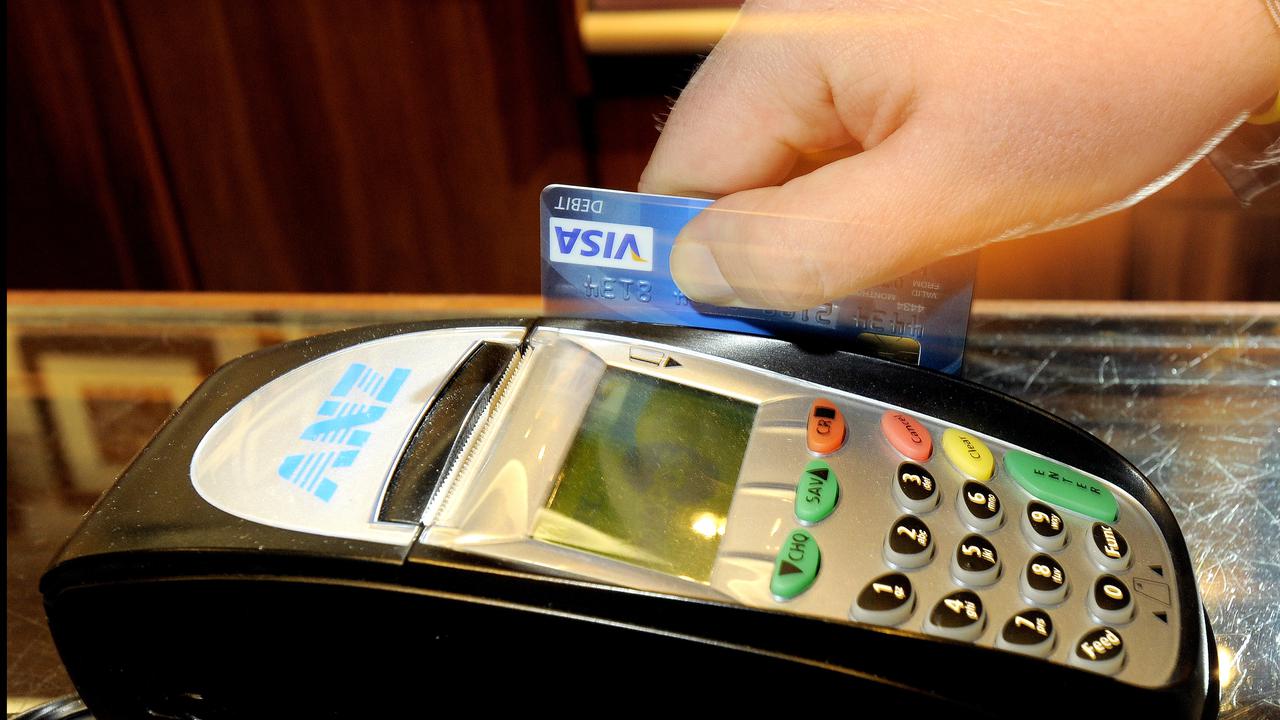
SYDNEY — Keeping consumers and small businesses safe is vital for regulators as online pandemic habits accelerate the shift to electronic payments and assist fraudsters.
The corporate watchdog on May 21 released proposed updates to the ePayments code, with feedback due in July.
The voluntary code provides important consumer protections for people using online payments, internet and mobile banking, ATMs, Electronic Funds Transfer at Point Of Sale, and credit and debit card transactions.
The Australian Securities and Investments Commission wants to extend the code to small businesses, citing a higher risk of mistaken internet payments and unauthorized transactions.
The government has already accepted advice from regulators that the code should become mandatory and the revamp is an interim move ahead of any new laws.

The proposed changes cover complaints handling, compliance monitoring, and data reporting, mistaken internet payments, small business protections, and unauthorized transactions.
Banks and other payment providers are currently expected to use “reasonable endeavors” to retrieve stolen funds or reverse mistakes but cannot return partial amounts.
Partial retrieval would be allowed under the updated code. And it must be done within days, not weeks.
But dealing with scams is in the too-hard basket.
“We accept that scams are a significant and increasing problem,” said the Australian Securities and Investments Commission. “We think that the issue of whether to extend the code to deal with industry’s response to scams should be considered as part of the process of making the code mandatory.”

More than 5.1 million households bought online in March, a significant increase from the pre-pandemic levels.
The ePayments code has not been overhauled for more than 10 years, which the Australian Securities and Investments Commission acknowledged was too long.
As per reports by the IMRG, There are nearly 16 million credit and charge card accounts in Australia. Monthly credit card spends reached AU$25.6 billion ($19.8 billion) in March 2015, with over 192 million transactions made. Overall, the value of card transactions in Australia has grown at an annual rate of 8.8 percent since 2002, well above the average growth of 6 percent in household consumption.
“Recent years have also seen a shift from credit cards to debit cards. In August 2004, 49 percent of card purchases were via debit card, and 51 percent were via credit card,” states the report. “By August 2014, 66 percent were via debit card and 34 percent via credit card.”
“Visa and MasterCard are the cards accepted most widely, with American Express usually accepted with some exceptions. The total value of all card transactions passed AU$510 billion ($396 billion) in 2014.”
(Edited by Vaibhav Vishwanath Pawar and Saptak Datta)
The post Code Revamp As EPayments Replace Cash In Australia appeared first on Zenger News.
